1. Non-Stick Cookware (Teflon)

That slick, non-stick pan you use every morning? It might be releasing more than just a perfectly cooked omelet. Many non-stick coatings, especially older ones, contain perfluorooctanoic acid (PFOA), a chemical linked to cancer and thyroid disease. When overheated, these coatings can break down and release toxic fumes.
PFOA has mostly been phased out, but older pans could still contain it. Newer versions use PTFE, which is safer at low temps but still not risk-free if overheated. If your pan is scratched or more than a few years old, it might be time for a swap. Stainless steel or cast iron might be heavier, but they’re safer bets for the long haul.
2. Vinyl Shower Curtains

Ever open a new vinyl shower curtain and get hit with that plastic-y smell? That’s the scent of volatile organic compounds (VOCs) off-gassing into your bathroom air. Vinyl, or PVC (polyvinyl chloride), is made with plasticizers like phthalates, which are hormone disruptors. Prolonged exposure has been associated with reproductive and developmental issues.
Since bathrooms are usually small and poorly ventilated, these chemicals can hang around longer. Plus, heat and humidity speed up the release of VOCs. Fabric or PEVA (polyethylene vinyl acetate) shower curtains are safer alternatives. They might not smell as “new,” but that’s actually a good thing.
3. Flame-Retardant Furniture

That cozy couch you bought for safety might have a hidden downside. Many sofas, chairs, and mattresses made before 2015 were treated with flame retardants called PBDEs (polybrominated diphenyl ethers). These chemicals have been linked to neurological damage, hormone disruption, and even cancer. They don’t stay locked in the fabric — they leach out into household dust.
Kids are especially vulnerable since they’re always crawling and putting things in their mouths. While regulations have shifted in recent years, many homes still contain older furniture. If you’re not replacing furniture, frequent vacuuming with a HEPA filter can help reduce your exposure. Also, look for labels that say “free of added flame retardants” when shopping new.
4. Air Fresheners
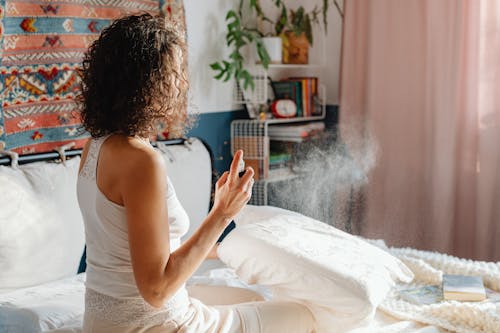
We all want our homes to smell fresh, but at what cost? Many air fresheners — including sprays, plugins, and gels — emit chemicals like formaldehyde and phthalates. These can irritate the lungs, trigger asthma, and may even affect hormone levels over time. Even those labeled “natural” can contain hidden synthetic ingredients.
What’s sneaky is that companies aren’t required to list every ingredient, often lumping them under “fragrance.” This lack of transparency makes it hard to know what you’re really breathing in. A safer alternative? Try essential oil diffusers or just crack a window for ventilation.
5. Wall Paints (Especially Pre-2000s)
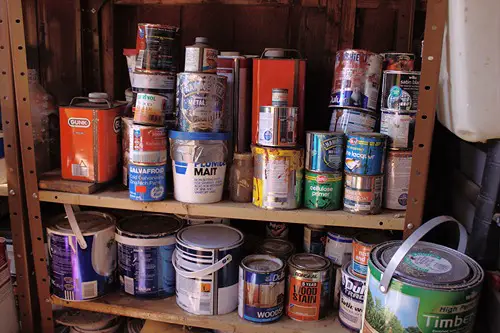
If your home was painted before the early 2000s, you might want to think twice before sanding or scraping. Older paints often contain lead, which is especially dangerous to children and pregnant women. Even modern paints can emit VOCs that contribute to headaches, dizziness, and respiratory problems. These compounds continue to release into your home’s air long after the paint has dried.
Low-VOC and zero-VOC paints are now widely available and much safer. Still, proper ventilation is crucial when painting, no matter the formula. If you’re renovating an older home, testing for lead is a smart move. Don’t assume it’s safe just because the walls look clean.
6. Cleaning Products
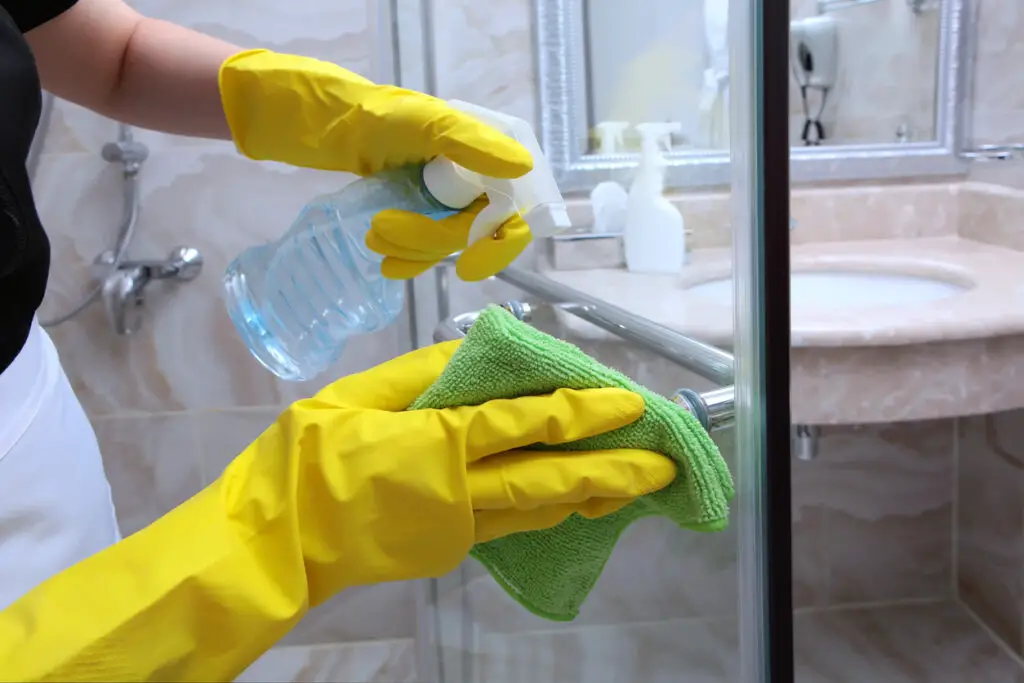
You might assume something labeled as a cleaner must be clean, right? Not exactly. Many household cleaners contain harsh chemicals like ammonia, bleach, and 2-butoxyethanol. These can irritate skin, eyes, and lungs — and some have been linked to liver and kidney damage with long-term exposure.
Mixing certain cleaners (like bleach and ammonia) can even create dangerous gases. And again, “fragrance” on the label can hide a host of additional chemicals. Switching to fragrance-free or eco-certified products can help reduce the risks. Vinegar and baking soda may not be glamorous, but they’re surprisingly effective and safer.
7. Carpets and Rugs

That plush carpet might feel nice underfoot, but it could be hiding a chemical cocktail. New carpets often contain VOCs, flame retardants, and stain repellents like PFAS (per- and polyfluoroalkyl substances). These “forever chemicals” are linked to immune system issues and certain cancers. They don’t break down easily and can build up in the body over time.
Even older carpets can pose risks, since they trap allergens, dust mites, and mold spores. Regular vacuuming with a HEPA filter helps, but replacement might be the best option if it’s been decades. Look for rugs made from natural fibers like wool or jute. And let new carpets air out for several days before use if possible.
8. Plastic Food Containers

Plastic containers are super convenient — until you microwave them or use them too long. Many plastics contain BPA (bisphenol A) or its substitutes like BPS, which are endocrine disruptors. These chemicals can leach into food, especially when heated. They’ve been linked to fertility problems, metabolic disorders, and even behavioral issues in kids.
Even “BPA-free” plastics aren’t necessarily safe — the substitutes may carry similar risks. Glass and stainless steel are safer choices for food storage and reheating. If you stick with plastic, avoid putting it in the microwave or dishwasher. And if it’s scratched or cloudy, it’s time to toss it.
9. Pesticides and Insecticides

Bug sprays and rodent repellents might solve a problem — but they can create another. Many household pesticides contain neurotoxic chemicals like organophosphates or pyrethroids. These have been linked to developmental delays in children and increased risks of certain cancers. Chronic low-level exposure is especially concerning in indoor environments.
Residues can linger on floors, furniture, and even in the air. Kids and pets, who are lower to the ground, are more exposed. Integrated pest management (IPM) approaches are safer and often just as effective. Think sealing cracks, setting traps, and using natural deterrents before reaching for the spray can.
10. Dry-Cleaned Clothes

That “freshly cleaned” suit smell? It’s actually the chemical perchloroethylene, or “perc,” which is used in many dry-cleaning processes. Perc is a possible human carcinogen and has been associated with liver and kidney damage. Even after airing out, clothes can carry residual vapors into your home. Exposure over time, especially in poorly ventilated spaces, adds up.
Look for dry cleaners that use alternative methods like “wet cleaning” or CO2 cleaning. These are just as effective but much less toxic. You can also reduce exposure by removing the plastic wrap and letting garments air out outdoors. Better yet, limit dry-clean-only items when possible.
11. Particleboard and Pressed Wood Furniture
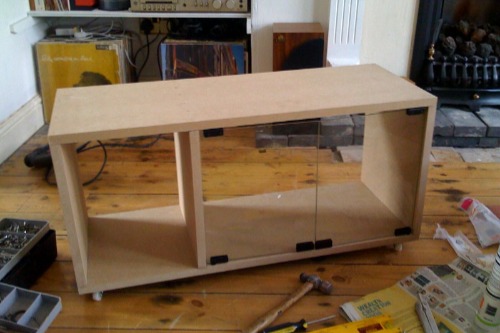
That budget-friendly bookcase might come with a hidden cost. Particleboard, MDF, and other pressed wood products are often glued together with formaldehyde-based resins. Formaldehyde is a known carcinogen that also causes respiratory irritation. The emissions are highest when the furniture is new but can persist for years.
Bedrooms and offices are common places where these materials accumulate. Solid wood furniture is a safer (if pricier) alternative. If you already own pressed wood items, make sure your space is well-ventilated. You can also seal the surfaces to reduce off-gassing.
12. Scented Candles
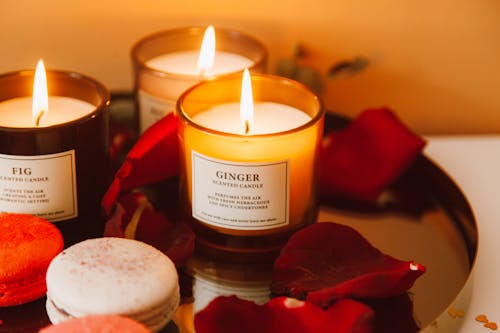
They might set the mood, but scented candles can pollute your indoor air. Many are made with paraffin wax, a petroleum byproduct, and release VOCs like benzene and toluene when burned. These compounds are linked to respiratory problems and even cancer with long-term exposure. The synthetic fragrances can also trigger headaches and asthma.
Soy or beeswax candles with cotton wicks are a healthier alternative. Or better yet, try an essential oil diffuser for ambiance without the smoke. If you’re using candles, limit burn time and keep the area ventilated. Sometimes, the coziest option isn’t always the cleanest one.
This post 12 Common Household Materials Linked to Long-Term Health Issues was first published on Greenhouse Black.
